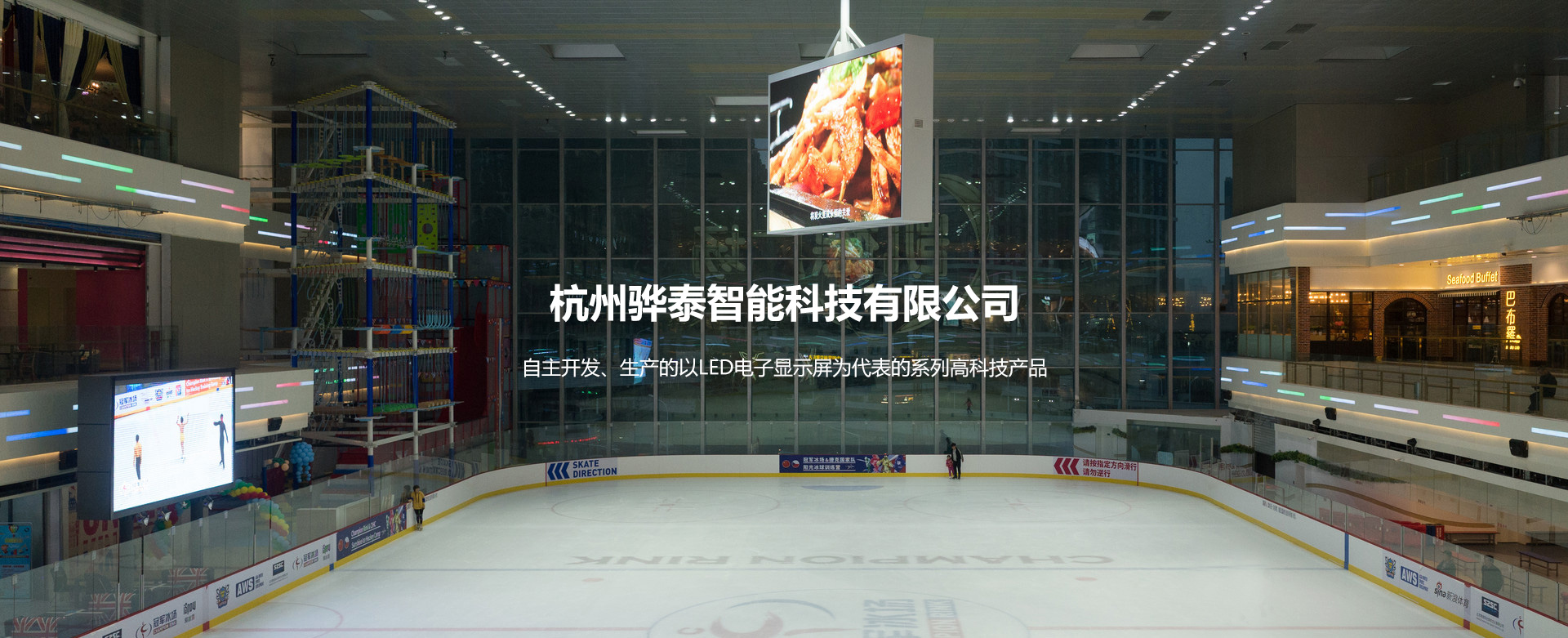
1. maximum brightness
The important performance of the "maximum brightness" does not give a clear characteristic requirement. Because the use of LED display environment vary widely, the illumination (that is, the average person said the brightness of the environment) is not the same, so, for most of the complex products, as long as the standard provides the corresponding test method, the supply side to provide a performance data (Product information) list is better than the specific performance requirements given in the standard. These are in line with international standards, but this also caused the bid in the unrealistic comparison of each other, users do not understand this, resulting in many of the tender requirements of the "maximum brightness" is often much higher than the actual needs. Therefore, it is recommended to guide the user to correctly understand the LED display "maximum brightness" of this performance indicators, the industry is necessary to give a guide: in some occasions, in different environments of the use of illumination, LED display brightness to what value Can meet the requirements.
2. Primary color main wavelength error
The primary color of the primary color error index, from the "primary color wavelength error" to "primary color main wavelength error", more to show that this indicator reflects the LED display what a feature. The main wavelength of the color is equivalent to the color of the human eye to observe the color, is a psychological, is the color of the distinction between a property. And the industry standard requirements of the performance requirements, literally, the user is unable to understand it is reflected in the LED display color uniformity of an indicator. So, is to guide the user first understand the term, and then understand this indicator? Or first from the customer's point of view to understand and understand the LED display, and then give the user can understand the simple and easy to understand the performance characteristics?
One of the principles of product standards is the "performance principle": "Wherever possible, requirements should be expressed by performance characteristics, without the design and description of the characteristics of expression, this method to the development of technology left the greatest room." "Primary color main wavelength error" is such a design requirements, if the "color uniformity" instead, there is no limit to what the wavelength of the LED. For users, as long as you ensure that the color of the LED display is uniform, and do not have to consider what technical means you are to achieve, to the development of technology as much as possible, so that the development of the industry greatly beneficial.
3. Duty cycle
As mentioned above, "the principle of performance" as long as possible, the requirements should be expressed by the performance characteristics, rather than the design and description of the characteristics to express, this method to the development of technology to leave the most room. We believe that "duty cycle" is purely a design technology requirements, should not be used as a standard LED display product performance indicators; we all understand that what users will care about the display drive duty cycle, they care Is the effect of the display, rather than our technology to achieve; why should we create this technical barriers to limit the industry's technology development?
4. Refresh frequency
From the measurement point of view, it seems to ignore the user really care about the problem, it is not well taken into account the manufacturers used by the driver IC, drive the circuit and the way different, resulting in difficult testing. For example, Shenzhen Stadium full color screen tender, in the expert sample test, the test of this indicator will bring a lot of problems. "Refresh frequency" a frame shows the time required for the reciprocal, the display as a light source, that is, the light source flicker frequency. We can use a similar "light frequency meter" instrument directly test the LED display light source flashing frequency, to reflect this indicator. We have done this test using the oscilloscope to measure any color LED drive current waveform to determine the "refresh rate" in the white field measured under 200Hz; in the 3 gray level and other low gray level, the measured frequency up to More than a few k Hz, and with the PR-650 spectrometer measurement; both in the white field, or in the 200,100,50 grade gray level, the measured light source flashing frequency are 200 Hz.